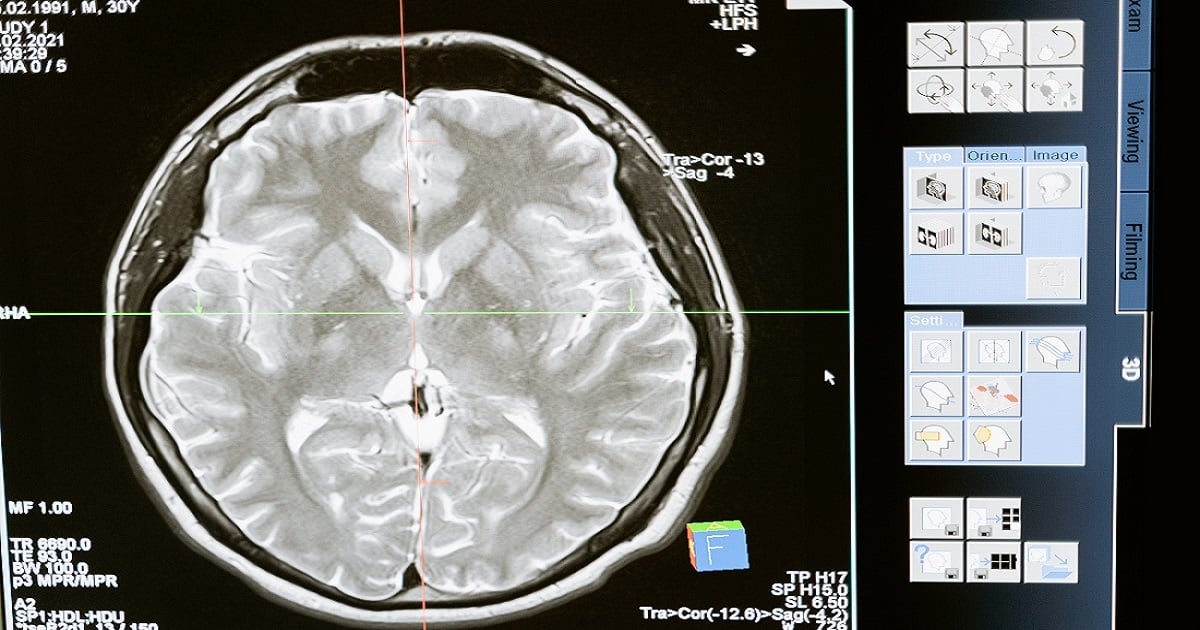Medical Imaging: Advanced Techniques and Applications
A special issue of Applied Sciences (ISSN 2076-3417). This special issue belongs to the section "Biomedical Engineering".
Deadline for manuscript submissions: closed (30 December 2022) | Viewed by 16422

Special Issue Editor
Interests: adhesive mechanics in dentistry; imaging procedures for early detection of caries; micro-computed and optical coherence tomography
Special Issue Information
Dear Colleagues,
Medical imaging encompasses different imaging modalities and processes to image the human body for diagnostic and treatment purposes and therefore plays an important role in initiatives to improve public health for all population groups.
There are many different types of medical imaging techniques, which use different technologies to produce images for different purposes, for example, radiography, magnetic resonance imaging, ultrasound and tomography, depending on the physical nature of the waves employed and the method of image capture. There is no single imaging technology which is superior to the rest as each has its own advantages and disadvantages.
Research into the application of medical images is usually the preserve of radiology and the medical sub-discipline relevant to medical condition or area of medical science (neuroscience, cardiology, psychiatry, psychology, dentistry, etc.) under investigation. Many of the techniques developed for medical imaging also have scientific and industrial applications. One of the most exciting areas currently under research is the application of artificial intelligence (AI) to medical imaging.
This Special Issue of the journal Applied Sciences, “Medical Imaging: Advanced Techniques and Applications” is dedicated to covering some of the recent advances in this novel technology and applications.
Dr. Hartmut Schneider
Guest Editor
Manuscript Submission Information
Manuscripts should be submitted online at www.mdpi.com by registering and logging in to this website. Once you are registered, click here to go to the submission form. Manuscripts can be submitted until the deadline. All submissions that pass pre-check are peer-reviewed. Accepted papers will be published continuously in the journal (as soon as accepted) and will be listed together on the special issue website. Research articles, review articles as well as short communications are invited. For planned papers, a title and short abstract (about 100 words) can be sent to the Editorial Office for announcement on this website.
Submitted manuscripts should not have been published previously, nor be under consideration for publication elsewhere (except conference proceedings papers). All manuscripts are thoroughly refereed through a single-blind peer-review process. A guide for authors and other relevant information for submission of manuscripts is available on the Instructions for Authors page. Applied Sciences is an international peer-reviewed open access semimonthly journal published by MDPI.
Please visit the Instructions for Authors page before submitting a manuscript. The Article Processing Charge (APC) for publication in this open access journal is 2400 CHF (Swiss Francs). Submitted papers should be well formatted and use good English. Authors may use MDPI's English editing service prior to publication or during author revisions.
Keywords
- medical imaging
- optical imaging
- biomedical image analysis
- computer-assisted diagnosis
- artificial intelligence in biomedicine
- 2D and 3D modeling
- Radiography
- Tomography
- Magnetic resonance imaging
- Ultrasound
- microscopy





